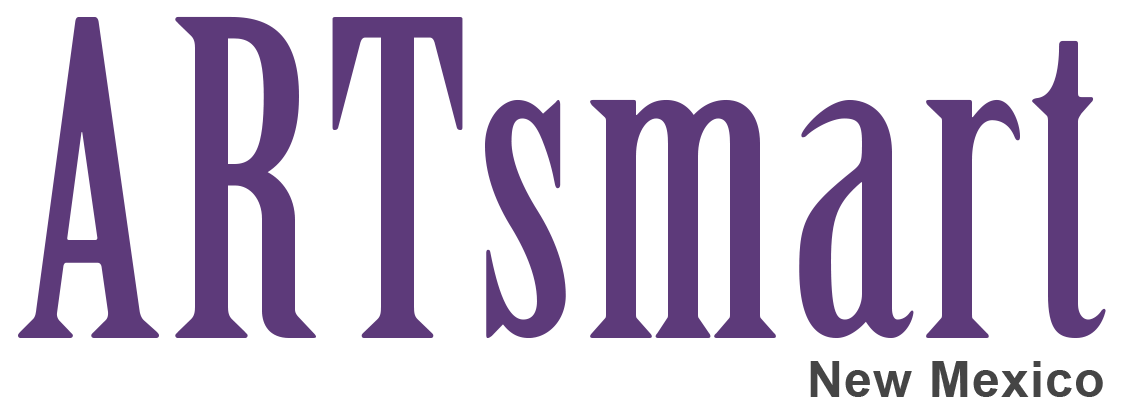ARTsmart’s mission is to ensure access to quality visual arts education for all youth in Santa Fe public schools and surrounding communities.

The Need
Our area’s unique landscape and cultural traditions have long inspired artists and sustained a robust arts community. ARTsmart leverages resources from Santa Fe’s vibrant arts economy to advance equity. We ensure that Northern New Mexican youth may express and explore culture, creativity, and imagination through high-quality and engaging arts education.
“We always hear about all the art that surrounds the city but we don't really interact with that many artists. It's cool to have outside people come in and talk to us about what it's really like. They share their ideas with us and help us to do better.”
- Capital High student
Vision - To create a better future by inspiring and transforming the lives of our youth.
Values
ADVOCACY
Quality visual arts education improves students’ confidence, self-discovery, and problem-solving skills.
COMMUNITY
All young people living in northern New Mexico should have access to and understand our region’s vibrant arts communities, traditions, and economies.
CULTURAL LITERACY
Arts Education has the power to transform differences into common bonds while also reinforcing cultural pride and connection.
The Arts Teach
National, regional, and local studies have repeatedly proven that arts education opens eyes and minds to creative problem-solving for a lifetime. Here are ten reasons to support the arts in education. Share them with principals, legislators, school boards, and parents.
The arts teach children to make good judgments about qualitative relationships. Unlike much of the curriculum in which correct answers and rules prevail, in the arts, it is judgment rather than rules that prevail.
The arts teach children that problems can have more than one solution and that questions can have more than one answer.
The arts celebrate multiple perspectives. One of their large lessons is that there are many ways to see and interpret the world.
The arts teach children that in complex forms of problem-solving, purposes are seldom fixed but change with circumstance and opportunity. Learning in the arts requires the ability and a willingness to surrender to the unanticipated possibilities of the work as it unfolds.
The arts make vivid the fact that neither words in their literal form nor numbers exhaust what we can know. The limits of our language do not define the limits of our cognition.
The arts teach students that small differences can have large effects. The arts traffic in subtleties.
The arts teach students to think through and within a material. All art forms employ some means through which images become real.
The arts help children learn to say what cannot be said. When children are invited to disclose what a work of art helps them feel, they must reach into their poetic capacities to find the words that will do the job.
The arts enable us to have experience we can have from no other source and through such experience to discover the range and variety of what we are capable of feeling.
The arts’ position in the school curriculum symbolizes to the young what adults believe is important.
SOURCE: Elliot W. Eisner, The Arts and the Creation of Mind (2002, Yale University Press). Available from NAEA Publications. NAEA grants reprint permission for this excerpt from Ten Lessons with proper acknowledgment of its source and NAEA.


